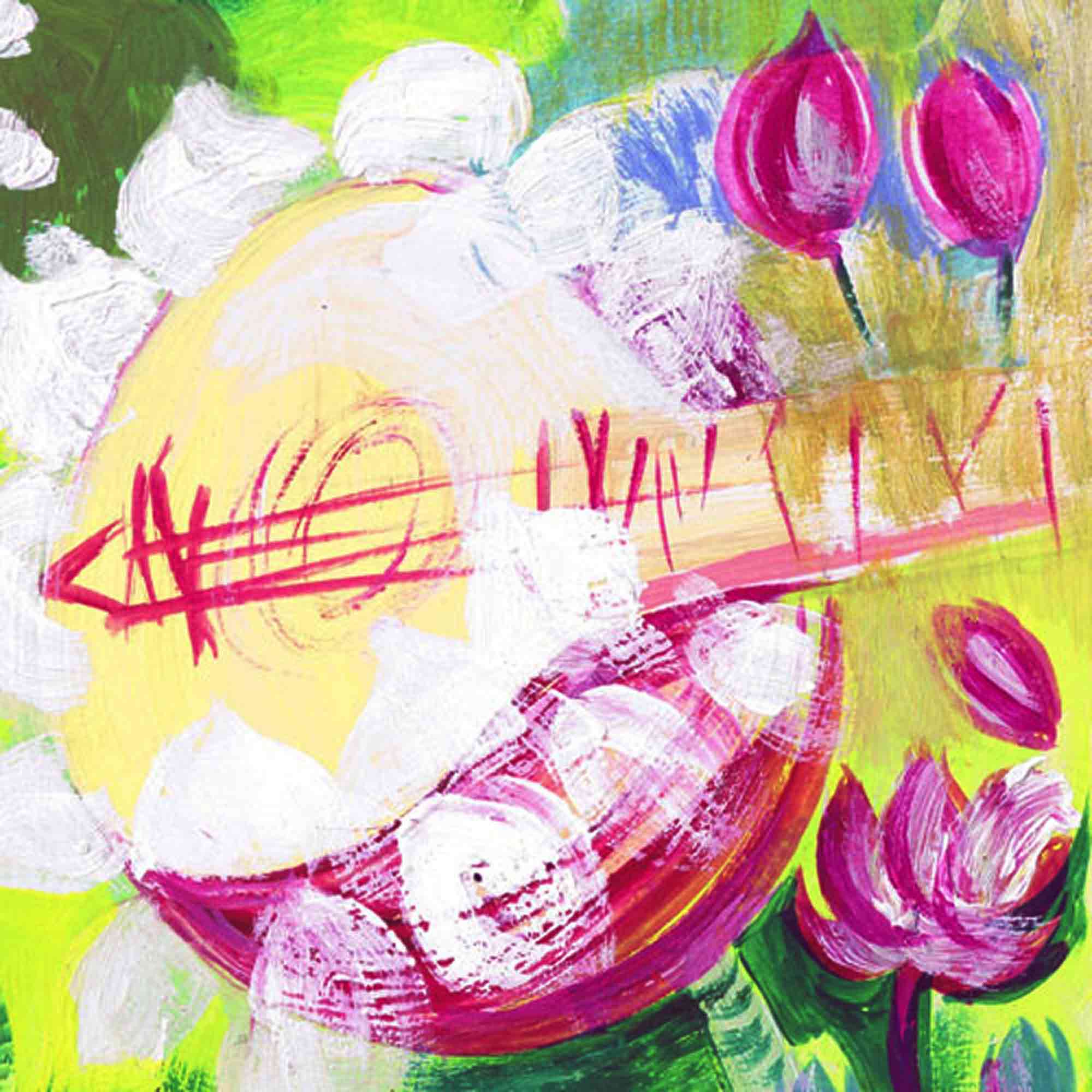
“Thinking and learning in South Indian Music” by Ludwig Pesch, chapter 4 in: Markus Cslovjecsek, Madeleine Zulauf (eds.)
Integrated Music Education – Challenges of Teaching and Teacher Training
Peter Lang Publishers, Bern, 2018. 418 pp., 29 fig. b/w, 2 tables
MOUSIKÆ PAIDEIA Music and Education/Musik und Bildung/Musique et Pédagogie. Vol. 1 pb. ISBN 978-3-0343-0388-0
Contents & contributors
Starting point. The school’s disciplinary learning scaffold : a challenge for integrated education / Rudolf Künzli ; The intertwining of music, education, and integration / Madeleine Zulauf & Markus Cslovjecsek
Step 1. Approaching integrated music education by exploring distant horizons. Integrating arts performance and education in communities of practice : a Brazilian experience / Joan Russell ; Thinking and learning in South Indian music / Ludwig Pesch ; Making connections : avant-garde visual artists and Varèse / Colleen Richardson
Step 2. Encountering integrated music education: where school meets life. Cooperative learning in music : music education and the psychology of integration / Frits Evelein ; Music/arts/language interdisciplinary intervention : cultural, linguistic, and artistic development in Francophone minority communities / Anne Lowe & Monique Richard ; Promoting spirituality through music in the classroom / Diana Harris
Step 3. Uncovering school models in integrated music education. Interdisciplinarity based on a deep understanding of disciplinarity : benefits for students’ self-development / Dagmar Widorski ; Considering frameworks for integrating music and the arts / Kari Veblen; Cross-curricular approaches in music teaching / Jonathan Barnes
Step 4. Becoming familiar with integrated music education activities in the classroom. Activities which use and unveil cultural artifacts / Smaragda Chrysostomou, Colleen Richardson & Joan Russell ; Activities which explore links between music and one other subject / Markus Cslovjecsek, Ludwig Pesch & Joan Russell ; Activities which develop from the learners’ presence / Anke Böttcher, Frits Evelein & Diana Harris
Step 5. Being invited into the minds of people engaged in integrated music education. Conceptions of integrated music education : models in dialogue / Madeleine Zulauf & Peter Gentinetta ; When teachers meet specialists : retrospect on the symposium ‘Practice and research in integrated music education’ as a form of professional development / Hermann Gelzer & Helmut Messner
Find a library copy on Worldcat.org >>
This book was presented during the 33rd ISME World Conference for Music Education (isme2018.org) on Wednesday 18 July 2018.
About this book
Schools are generally oriented towards discipline-based programmes and therefore students often accumulate fragmented knowledge, disconnected from real life concerns. The eighteen contributors to this work suggest that music offers a highway to developing a more appropriate integrated education. They present a range of views on Integrated Music Education rooted in various cultural traditions, based on several interdisciplinary models and integrated arts curricula, inspired by psychological concepts and referenced to recent teaching experiments as well as original research.
In this innovative book, the reader is invited to go beyond the dichotomy between ‘education in music’ and ‘education through music’, exploring the opportunities put forward by Integrated Music Education thanks to a constant movement from the theoretical roots through a precise description of teaching activities to the benefits for students in terms of integration of knowledge, personal development, and social and cultural belonging. Lastly, there are some new and interesting ideas for training teachers.

Illustration from
Vaitari: A musical picture book from Kerala
Vaitari: Syllable-based rhythm exercise from Kerala by Ludwig Pesch (pp. 290-4), Ch. “Activities Which Explore Links between Music and One Other Subject”



